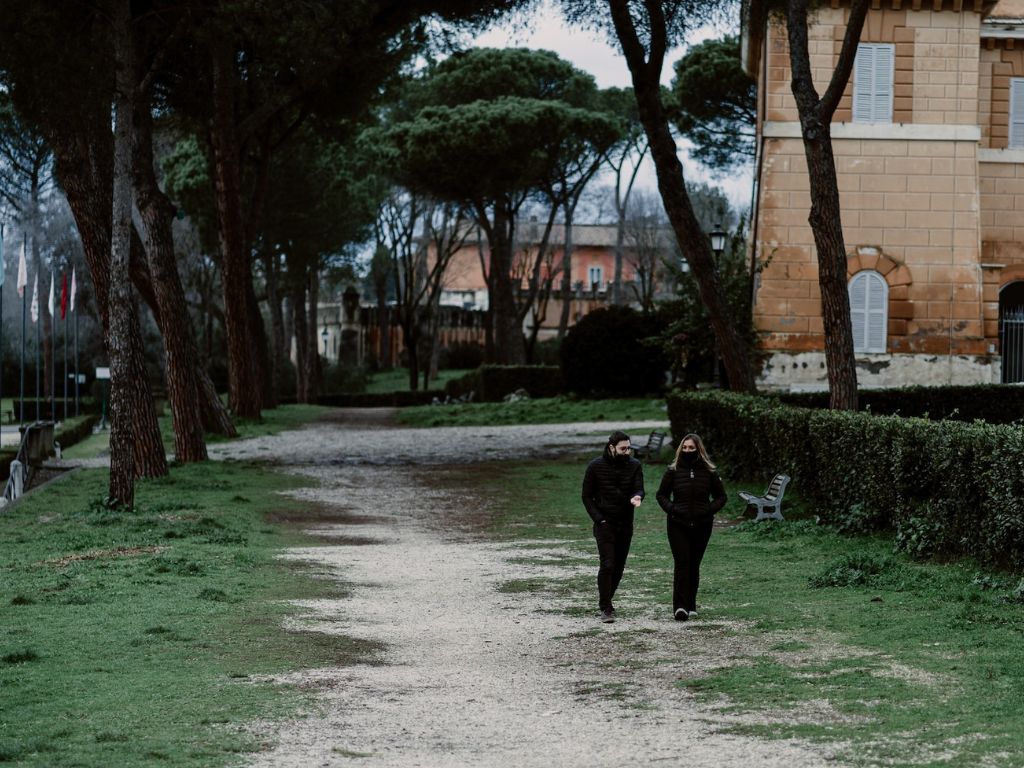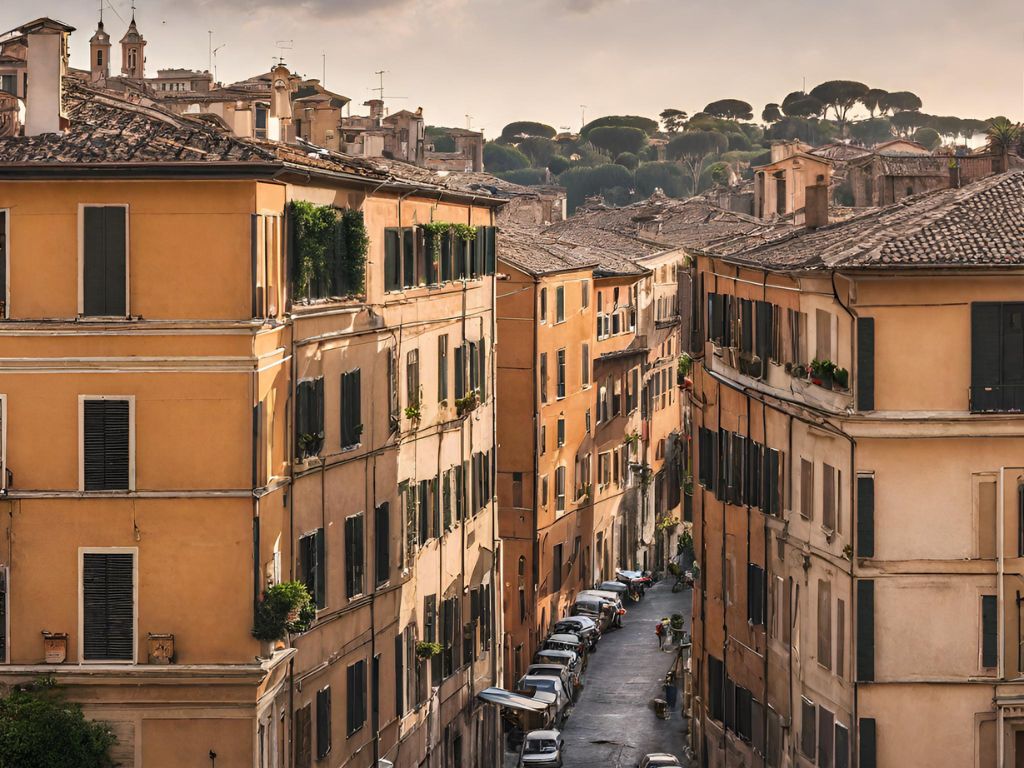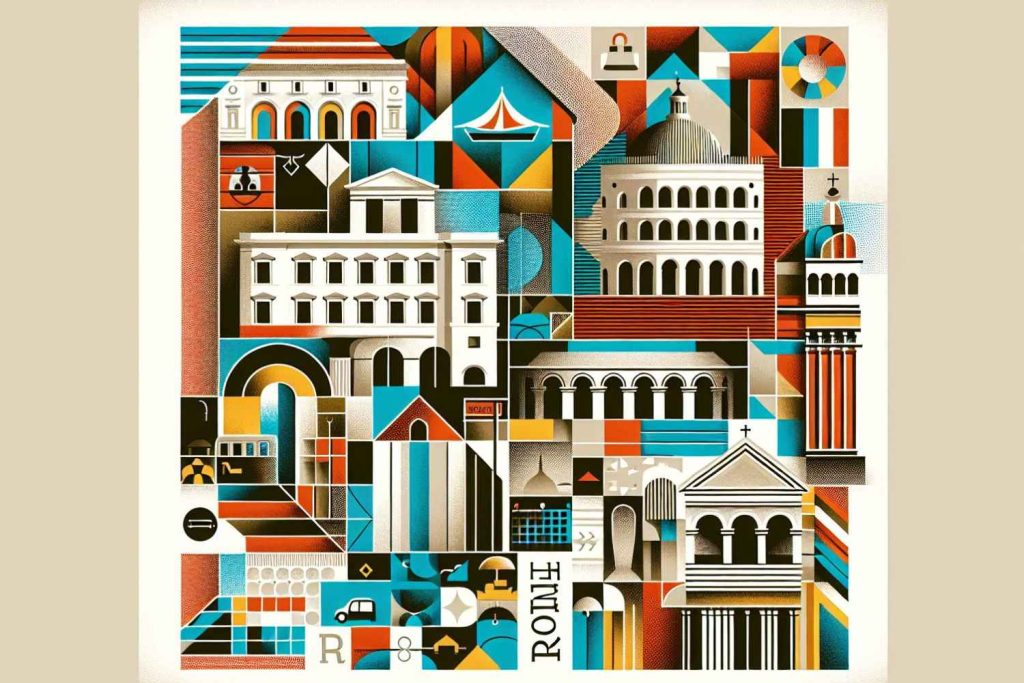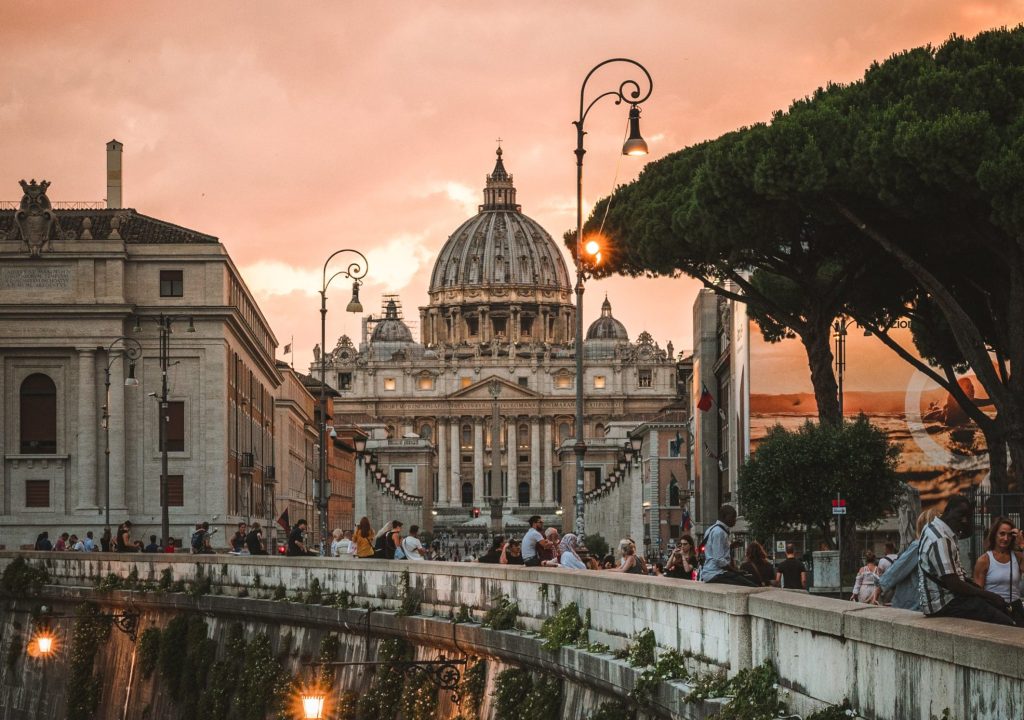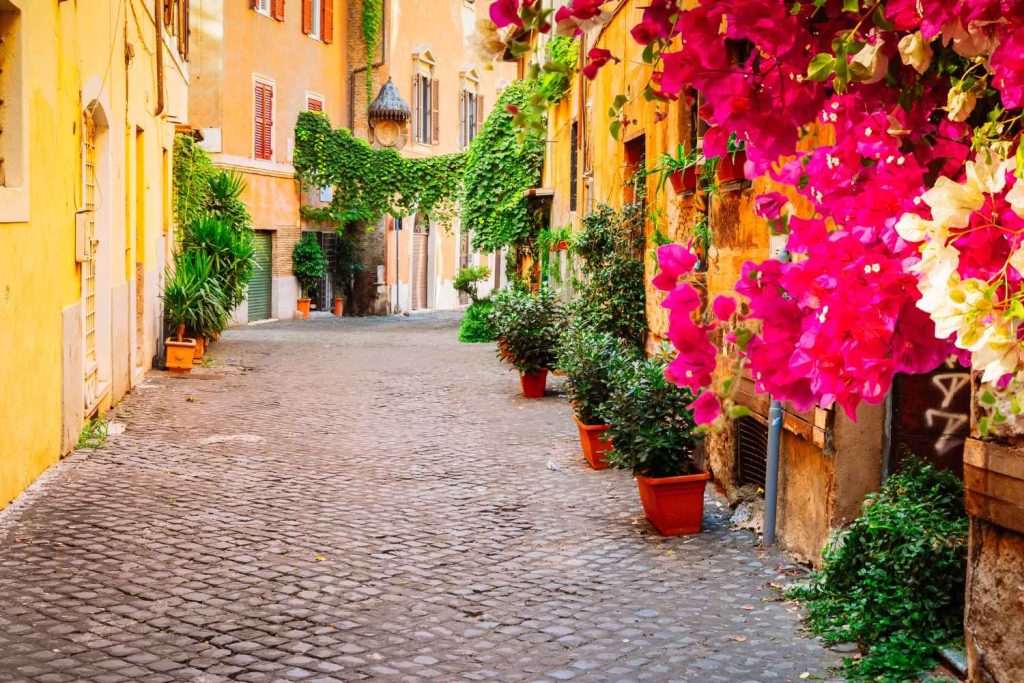Rome’s Historical Transformation: From Ancient Ruins to Green Spaces
In the heart of Italy lies the eternal city of Rome, a place steeped in history and rich with ancient ruins. For centuries, Rome has been a living testament to the grandeur and magnificence of the Roman Empire. Its iconic landmarks, such as the Colosseum and the Roman Forum, have attracted millions of visitors from around the globe, eager to explore the remnants of this once-great civilization. The ancient ruins have always been the main draw for tourists, showcasing the architectural brilliance and the cultural significance of the past. However, in recent years, Rome has undergone a remarkable transformation, embracing a new era where green spaces have become an integral part of the city’s fabric.
While the ancient ruins hold a special place in Rome’s history, the city recognized the need for a more balanced approach to urban planning. With the understanding that public parks in Rome play a crucial role in enhancing the quality of life for residents and visitors alike, Rome set out on a mission to create green oases amidst the concrete jungle. Today, these green spaces serve as a beacon of sustainability, offering a respite from the bustling city streets and providing opportunities for recreation and relaxation. Rome’s historical transformation from ancient ruins to green spaces reflects a forward-thinking approach to urban development, where the preservation of nature and cultural heritage go hand in hand.
Trips for Travellers: Wear comfy shoes for exploring ruins, hire a guide for historical insights. Pack a picnic for a relaxing day in public parks in Rome, use sunscreen and a hat. Bring a map or use a navigation app for efficient exploration.
Exploring the Rich History of Rome’s Public Parks
Public parks in Rome boast a rich history that dates back centuries. These green spaces have evolved over time, reflecting the city’s transformation from ancient ruins to vibrant urban areas. One of the most renowned public parks in Rome is Villa Borghese, which was originally designed as a private garden in the 17th century but later opened to the public. Its lush landscapes and stunning sculptures make it a popular destination for both locals and tourists alike. Another iconic green space is the Appian Way Regional Park, which follows the ancient Appian Way and offers a glimpse into Rome’s ancient past.
In addition to their historical significance, Public parks in Rome also play a crucial role in enhancing the city’s urban environment. These green oases provide much-needed respite from the bustling streets, offering a peaceful retreat where visitors can relax and unwind. Moreover, they contribute to the overall well-being of the city’s residents by promoting physical activity and outdoor recreation. Many of these parks are home to sports facilities, walking trails, and picnic areas, encouraging an active lifestyle and fostering a sense of community. Furthermore, the abundance of trees and plants within these green spaces helps improve air quality and mitigate the impact of urban heat islands, making Rome a more sustainable and livable city.
Tips for Travellers: Buy advance tickets for limited-entry attractions like Galleria Borghese. Bring a camera for the sculptures and landscapes. Wear comfortable shoes for walking or hiking on chosen trails. Carry water and snacks for extended park exploration.
The Role of Public Parks in Rome on Enhancing Rome’s Urban Environment
Public parks in Rome play a crucial role in enhancing the city’s urban environment. Firstly, these green spaces provide a much-needed respite from the bustling city life, offering a serene oasis where residents and visitors can escape the urban chaos. These parks act as a natural refuge, allowing people to connect with nature, unwind, and find solace amidst the verdant surroundings. With their lush trees, vibrant flower beds, and picturesque landscapes, these public parks in Rome adds a touch of natural beauty to Rome’s urban fabric, creating a harmonious balance between the built environment and the natural world.
In addition to their aesthetic appeal, public parks in Rome contribute to the overall environmental quality of the city. The abundance of greenery helps mitigate air pollution by absorbing carbon dioxide and releasing oxygen, thereby improving the air quality for the inhabitants. These green spaces also serve as important water reservoirs, absorbing rainwater and reducing the risk of flooding during heavy rainfall. Moreover, they provide habitats for various species of flora and fauna, fostering biodiversity within the city limits. This ecological diversity not only enhances the overall environmental health but also offers opportunities for educational initiatives and research on urban ecology.
Tips for Travellers: Pause sightseeing, recharge in a park with a book or sketchpad. Use designated bins for waste; support local eco-initiatives for green space preservation.
Villa Borghese
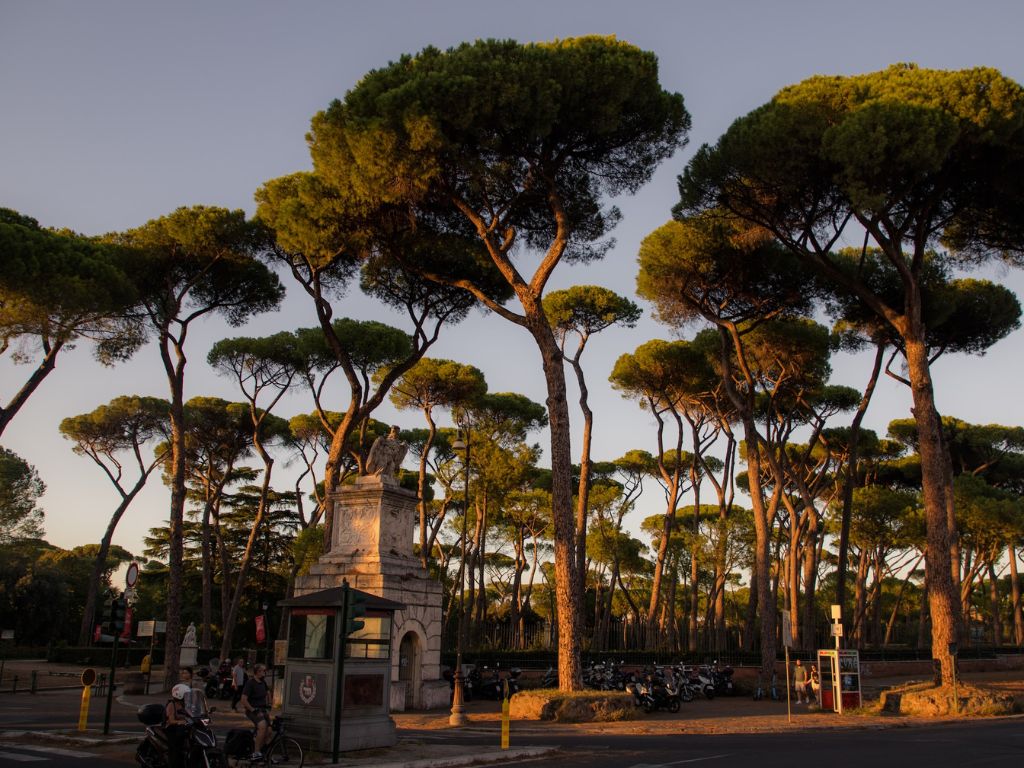
Nestled in the heart of Rome, Villa Borghese stands as one of the city’s most iconic green oases. This sprawling public park invites visitors to immerse themselves in the beauty of nature while simultaneously being surrounded by historical treasures. Originally designed in the 17th century, Villa Borghese boasts stunning landscapes, charming pathways, and captivating sculptures. As you take a leisurely stroll through the park, you can marvel at the intricate architecture of the park’s buildings, such as the Galleria Borghese, which houses an impressive collection of masterpieces by renowned artists. With its tranquil atmosphere and diverse range of activities, Villa Borghese offers a truly enchanting experience for both locals and tourists alike.
Parco degli Acquedotti
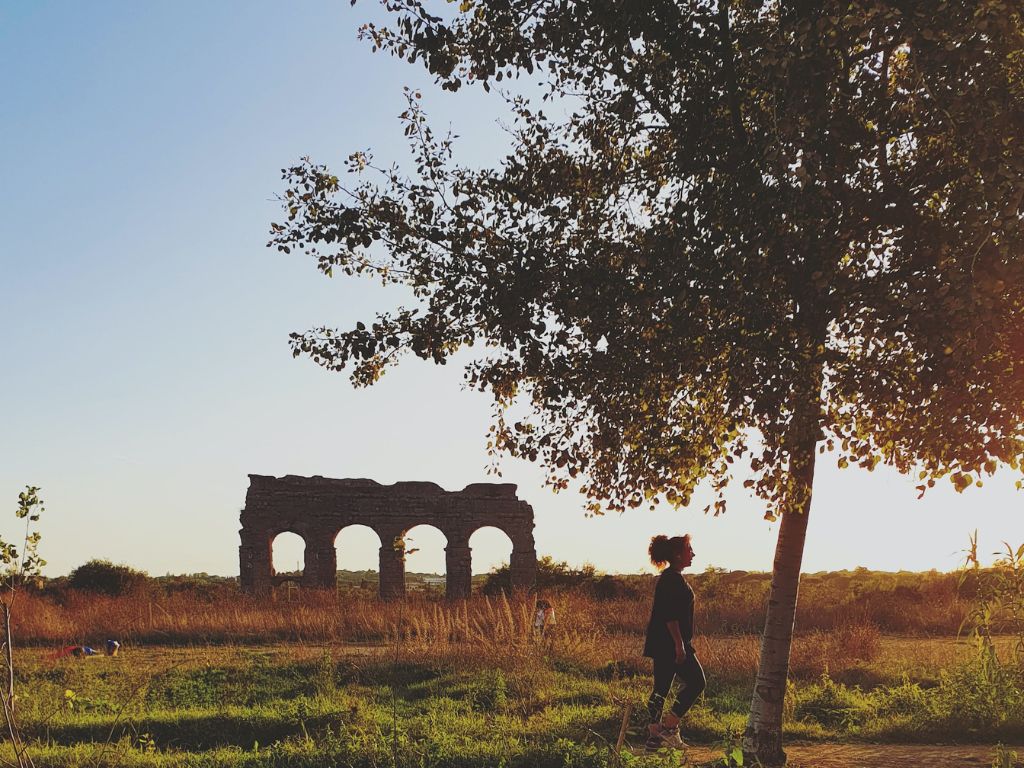
Another must-visit green oasis in Rome is the Parco degli Acquedotti, situated on the outskirts of the city. As its name suggests, this park is best known for its remarkable ancient Roman aqueducts that still stand tall and majestic. These impressive structures, dating back to the 2nd century AD, provide a captivating backdrop as you explore the park’s extensive green areas. Whether you choose to go for a jog, have a picnic, or simply bask in the tranquility of nature, Parco degli Acquedotti offers a unique blend of history and natural beauty. As you wander through the park, you’ll also find an array of archaeological remains and lush meadows, creating a peaceful and picturesque setting.
The Architectural Marvels Within Public Parks in Rome
Within public parks in Rome, visitors are treated to a spectacular display of architectural marvels. These ancient structures, dating back centuries, stand as testaments to the rich history and culture of the city. One such gem is the Temple of Hercules Victor, located in the heart of the gardens of Palatine Hill. Its well-preserved Corinthian columns and intricate friezes capture the imagination, transporting visitors back to the time of the Roman Empire. As they explore these green spaces, visitors can marvel at the architectural prowess of the ancients.
Another architectural wonder found within public parks in Rome is the renowned Castel Sant’Angelo. Originally built as a mausoleum for the Emperor Hadrian, this imposing structure later served as a papal fortress and a prison. Standing majestically on the banks of the Tiber River, it boasts a blend of Roman, medieval, and Renaissance architectural styles. The castle’s imposing cylindrical shape, the angel statue perched on top, and the intricate details adorning its façade leave visitors in awe of the skill and craftsmanship of the past. public parks in Rome not only offer lush green spaces but also a glimpse into the architectural splendor of bygone eras.
Public Parks in Rome: A Haven for Recreation and Relaxation
Public parks in Rome offer a haven for recreation, allowing visitors to escape the hustle and bustle of city life. With their lush greenery, tranquil atmosphere, and abundance of recreational activities, these parks provide a peaceful retreat for both locals and tourists alike. Whether you’re looking for a spot to relax with a book, engage in outdoor sports, or simply take a leisurely stroll, public parks in Rome cater to a wide range of recreational interests.
From the expansive Villa Borghese to the charming Villa Pamphilj, public parks in Rome present an array of choices for recreational enthusiasts. The well-maintained pathways invite joggers and cyclists to explore the parks at their own pace, while the open green spaces provide ample room for picnics and games. Additionally, many parks offer facilities for activities such as tennis, basketball, and even horseback riding, ensuring that there is something for everyone seeking relaxation and recreation amidst the beauty of nature in Rome.
Unveiling the Biodiversity in Public Parks in Rome
Rome’s green spaces not only exhibit stunning natural beauty but also boast a rich biodiversity that is often overlooked by visitors. One such green oasis is Villa Borghese, a sprawling park in the heart of the city. As you explore its lush pathways and tranquil ponds, you’ll encounter a myriad of flora and fauna that coexist harmoniously. From majestic oak trees to vibrant wildflowers, the park is teeming with plant life that provides a crucial habitat for countless species of insects, birds, and small mammals. The presence of such biodiversity highlights the importance of preserving these green spaces as they play a vital role in maintaining the city’s ecological balance.
Another remarkable green space in Rome is the Appia Antica Regional Park, which spans an impressive 3,500 hectares. This ancient park follows the footsteps of the historic Appian Way, offering visitors a unique opportunity to immerse themselves in both natural and cultural splendor. Here, the biodiversity is particularly pronounced, with a wide variety of wildlife inhabiting its grasslands, woodlands, and wetlands. As you wander along the ancient cobblestones, keep an eye out for the park’s feathered residents, such as the elegant hoopoes and elusive european roller birds. The park’s wetlands are also home to several amphibian species, including the rare spectacled salamander, further enhancing the diversity of its ecosystem.
The Cultural Significance of Public Parks in Rome
Public parks in Rome are not just spaces for leisure and recreation; they hold immense cultural significance for the city and its inhabitants. These green oases serve as a testament to Rome’s rich history, preserving traces of its ancient past. For instance, Villa Borghese, one of the city’s most iconic parks, is home to various ancient statues and fountains, providing visitors with a glimpse into Rome’s artistic heritage. As visitors wander through the lush gardens and tree-lined paths, they can appreciate the fusion of nature and history that these parks embody.
Beyond their historical value, public parks in Rome also serve as cultural meeting points and gathering spaces for locals and tourists alike. Whether it’s a Sunday stroll in Villa Pamphilj or a picnic in the grounds of the Parco degli Acquedotti, these green spaces bring people together, fostering a sense of community. They encapsulate the Italian way of life, where the enjoyment of nature and socializing go hand in hand. With their picturesque landscapes and charming atmospheres, public parks in Rome provide a backdrop for cultural events, concerts, and performances, further enriching the city’s cultural tapestry.
Sustainability Initiatives in Public Parks in Rome
As Rome continues to evolve and adapt to the challenges of the modern world, sustainability initiatives have become increasingly important in preserving and enhancing the city’s green oases. One such initiative is the promotion of eco-friendly transportation within the public parks in Rome. As visitors stroll through the sprawling green spaces, they have the option to rent bicycles or make use of electric shuttles, providing a sustainable and convenient way to explore the park while reducing carbon emissions. These initiatives not only encourage a greener mode of transportation but also contribute to a cleaner and healthier environment within the parks.
Another notable sustainability initiative is the implementation of waste management systems within Rome’s green oases. In an effort to reduce the environmental impact of park activities, recycling bins and composting facilities have been strategically placed throughout the parks. Visitors are encouraged to responsibly dispose of their waste, separating recyclable materials from general waste and food scraps. By implementing these waste management systems, the parks are not only able to maintain cleanliness and hygiene but also contribute to the circular economy by diverting waste from landfills and promoting sustainable practices.
Preserving and Protecting Public Parks in Rome for Future Generations
Preserving public parks in Rome is of utmost importance to ensure their longevity and continued enjoyment for future generations. These green spaces not only hold immense historical and cultural value but also contribute significantly to the well-being of the city’s residents and visitors. By protecting these parks, we safeguard their rich biodiversity, allowing countless plant and animal species to thrive. Moreover, preserving these natural habitats helps mitigate the effects of climate change, as they act as carbon sinks and contribute to cleaner air and water. As such, it is essential to prioritize the preservation of public parks in Rome to maintain the city’s environmental balance and provide future generations with the same opportunities for recreation and relaxation.
Strategies for Protection
To safeguard public parks in Rome for future generations, a multi-faceted approach to preservation is required. First and foremost, there must be strict regulations in place to prevent encroachments and ensure that these green spaces are maintained in their pristine form. Regular maintenance and restoration efforts, such as tree planting and conservation of historical structures within the parks, are also crucial. Additionally, creating awareness among the local community and promoting responsible practices, like waste management and the prohibition of harmful activities, can contribute to the long-term protection of these cherished green oases. Collaborative efforts between governmental bodies, environmental organizations, and the public are paramount in formulating effective strategies and ensuring the preservation of Rome’s public parks for generations to come.
Traveller’s Guide to Sustaining the Public Parks in Rome
From ancient marvels to contemporary green oases, Rome’s story unfolds seamlessly. Tips for traversing historical ruins include comfortable shoes and local insights. Yet, the city’s modern pulse beats in its green spaces, urging travellers to pack a picnic and embrace eco-friendly transport.
Villa Borghese and Parco degli Acquedotti echo history while enriching the urban environment. Tips advocate recreational immersion and support for sustainability initiatives. These parks, teeming with biodiversity and cultural echoes, transcend leisure, fostering community bonds. Travellers are urged to tread lightly and endorse eco-initiatives. Admiring architectural wonders underscores Rome’s commitment to heritage and nature. Traveller tips emphasise planning and optimal exploration.
In essence, Public Parks in Rome, with their recreation, culture, and sustainability, embody the city. Preserving them requires collective efforts, ensuring a legacy of history, nature, and culture for generations.
More articles you might like...
You can find more great Rome content in the following categories;
All about Vatican City Commonly Asked Rome Questions Rome Accommodation Rome Food and Drink Rome History and Culture Rome Neighbourhoods Rome Tours and Must-See Attractions Rome's Top Tours
